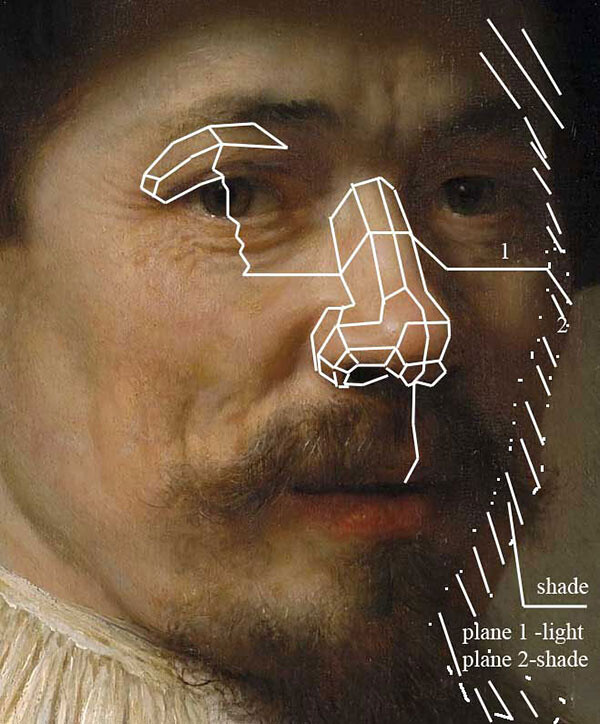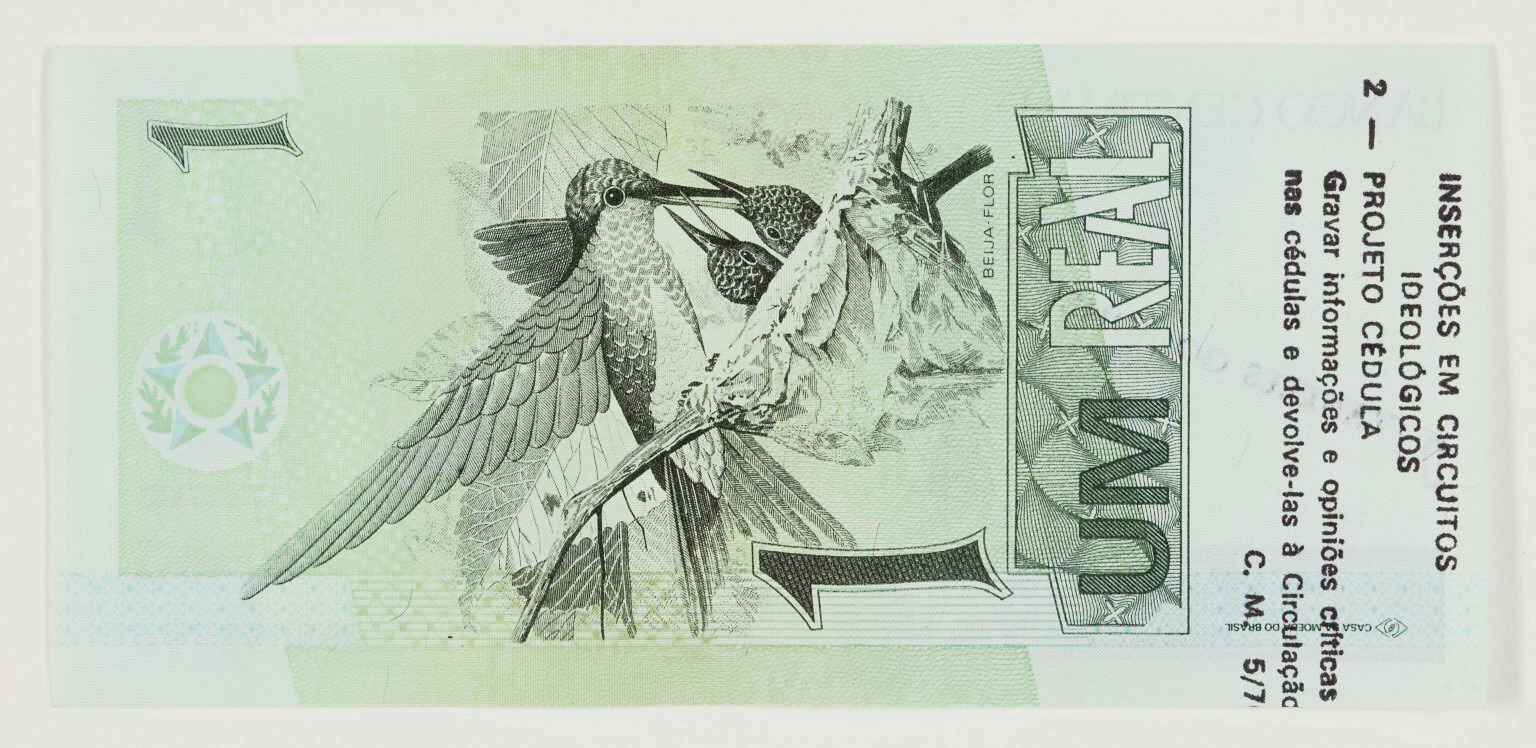To think about digital objects as collectable, it may help to start by asking what it is that is actually collected. We tend to think that what is collected is a rare object. But what makes it rare? Perhaps there is more than one way to make an object rare. To make a digital object rare, it can be “locked” in various ways. Take for example The Clock (2010) by Christian Marclay. It is only supposed to be seen in specially designed installations where it runs for twenty-four hours, although apparently the artist’s wishes about that did not stop the hedge-fund manager Steven A. Cohen from using his copy as a screen saver or his gallerist Jay Jopling from screening it for a party.1
Attempting to lock the information in the digital work to some material form or situation may create more problems than it solves. As Cory Doctorow has argued, relying on digital locks does not really empower the artist or the owner. It empowers the makers of digital locks. And in any case it takes away some of the special qualities of a digital object if its form merely imitates the kind of objects that collections already collect.
What might be more interesting is to consider how the very properties of spreadability that characterize digital objects can be turned to advantage to make them collectable as well.2 Paradoxically, an object whose image is very widely spread is a rare object, in the sense that few objects have their images spread widely. This can be exploited to create value in art objects that are not in the traditional sense rare and singular. The future of collecting may be less in owning the thing that nobody else has, and more in owning the thing that everybody else has.
The artwork is not what it used to be. Perhaps one could think of three stages in the evolution of the artwork, each of which has its own kind of rarity and collectability. The first stage we now think of as that of the old masters. The second stage is that of modern art. The third stage begins with what we call contemporary art, but is perhaps only now starting to reveal its true form.
The first stage corresponds to the era of landed property and mercantile capitalism. This is the era in which the artwork separates itself from the crafted commodity and becomes fine art. The artwork is an even rarer instance of something already rare, the well-made thing. Artworks are collectively made, in workshops, just like handcrafted objects. The workshop has a master whose name starts to appear on the object, even if the master did not make all of it. Not every brushstroke in a Rembrandt is by Rembrandt.
The second stage corresponds to the era of industrial capitalism. Here the rare and collectible thing is no longer an exemplary instance of the crafted commodity. It is opposed to it. The commodity is no longer made by a craftsman but by a factory worker. The rare and collectible object is the product not of this alienated factory work, but of a kind of work and play outside of alienation, that of the artist. The artist is no longer the master craftsman. He (still usually “he” in this period) is a free spirit, a singular and original personage. The rarity and collectability of the artwork is not guaranteed by his being a master craftsman but by his being an original personality. The modern work of art, the artwork of this period, may have the qualities of a master craftsman, but need not.
The third stage is something else. It corresponds to the period in which information becomes the key to value in both the wider economy and also in art.3 The artwork is no longer a special kind of commodity as it was in the modern-art period. The artwork is now a special kind of financial instrument. The artwork is now a special kind of derivative.4 The collectable artwork is now less about being an object that stores value because of its special qualities as a rare thing made by a special kind of worker, the artist. The artwork is now collectible because it is a financial instrument in a portfolio that manages and hedges risk.
The key is the role of information about the artwork. The information about the artwork is actually the most important thing about it. What establishes the value of the work is that people talk about it, write about it, circulate (unauthorized) pictures of it. The more it circulates, the more value it has. The actual work is a derivative of the value of its simulations.
Let me give an example which is a kind of limit case. Twice I appeared in artworks by Tino Seghal. I was one of the “interpreters” recruited for his work at the Marian Goodman Gallery, This Situation (2007). And I was also in his first large-scale work in New York, called This Progress (2010), at the Guggenheim. Here is what is relevant about these works for our purposes. All of Seghal’s works use actual humans to be the work. The Kiss (2007) uses dancers. This Progress used a lot of academics, as we can talk a lot. The works are always a series of protocols for how the interpreters are to interact with each other and with the public.
The artist does not want any of this documented—at all. There are no officially sanctioned photographs of any of these works. There are no written documents with the protocols the artist created. In this sense it is a step beyond work like Yoko Ono’s instructional pieces, or the notations of Lee Lozano. If you wish to buy a Seghal work, you will be instructed orally in how to perform it, and verbal contract will be conducted, in the presence of a small army of lawyers and witnesses.


An online course by artist Sergey Gusev promises to decode the secrets of Rembrandt’s chiaroscuro.
When I was an interpreter for Seghal’s This Situation, I got invited to the party at Marian Goodman’s Central Park West penthouse apartment, where of course I ended up smoking cigarettes outside with Seghal’s assistants, as I really had no more business being up there among the collectors and art-world luminaries than a tube of paint from Gerhard Richter’s studio would. But I did get this good bit of rumor: a Seghal had almost gone on the secondary market. Imagine that. An artwork that has no material existence at all outside various parties’ memories, being sold again to another collector—but where what is really in the collection is not the work at all. What is collectible is not the artwork, or even the documentation. What is collectible is the simulation of the work in the artworld and beyond.
When I was interpreting this work in the Goodman Gallery, the art critic Jerry Saltz came regularly and spent a lot of time with us. He put the work on his top-ten list for 2008.5 I later ran into Saltz and Roberta Smith at a showing of work by Alix Pearlstein and he remembered me from the Seghal. I tried to persuade Smith and Saltz that all of Tino’s interpreters had the Seghal signature tattooed on our asses and offered to show it to them, but they did not take me up on it. I mention this because it is not just the information about the artwork circulating in the world that makes it collectible. It is also the noise. As with any other financial instrument in a portfolio, the artwork in a collection gains and loses value at the volatile edge between information and noise.
So my attempt to make my own ass collectible by falsely claiming that it was a signed Seghal did not succeed. But maybe it raises the question of what the collector collects when she or he collects. It need not be the object, as it was in the age of the old masters. It need not even be the documentation of the provenance of the work, as it was at the end of the modern-art age. What is collected might be nothing more than the claim to ownership itself. And even a verbal contract might suffice to sustain the claim, as in the case of Seghal.
But a Seghal is not worth anything if nobody knows about it. The ownership claim is a derivative of the information circulating about the work. Some of that information may be unauthorized, like a desktop copy of Marclay’s Clock. Some of it may even be false, as I was jokingly suggesting with my attempt to spread a rumor about Seghal. What is collected is nothing more than the act of collecting itself, which is a derivative of the information circulating about the work.
As Sianne Ngai suggests, one of the main aesthetic categories of our time, in part advanced by Conceptual art, is the interesting.6 Conceptual art took over from the realist novel the job of making more or less organized archives or dossiers of information interesting. Perhaps that is why art today has moved on from being orderings of interesting information, to being interesting ways of ordering information. So perhaps the avant-garde of collecting is now a question of interesting ways of collecting the act of collecting itself. Which should make digital art eminently collectible, to the extent that it is interesting. But it might in the end be uninteresting for the digital art object merely to mimic the forms of collectability of previous classes of art object.
Daniel Zalewski, “The Hours,” New Yorker, March 12, 2012 →.
Henry Jenkins, Sam Ford, and Joshua Green, Spreadable Media (New York: NYU Press, 2013).
McKenzie Wark, “Digital Provenance and the Artwork as Derivative,” e-flux journal 77 (November 2016) →.
Randy Martin, Knowledge LTD (Philadelphia: Temple University Press, 2014).
Jerry Saltz, “Top Ten 2008,” Artnet →.
Adam Jasper and Sianne Ngai, “Our Aesthetic Categories: An Interview with Sianne Ngai,” Cabinet 43 (Fall 2011) →.
Category
Subject
Originally presented at K-Art Conversations, Korea International Art Fair 2017. Thanks to everyone at Korea Arts Management Service.

